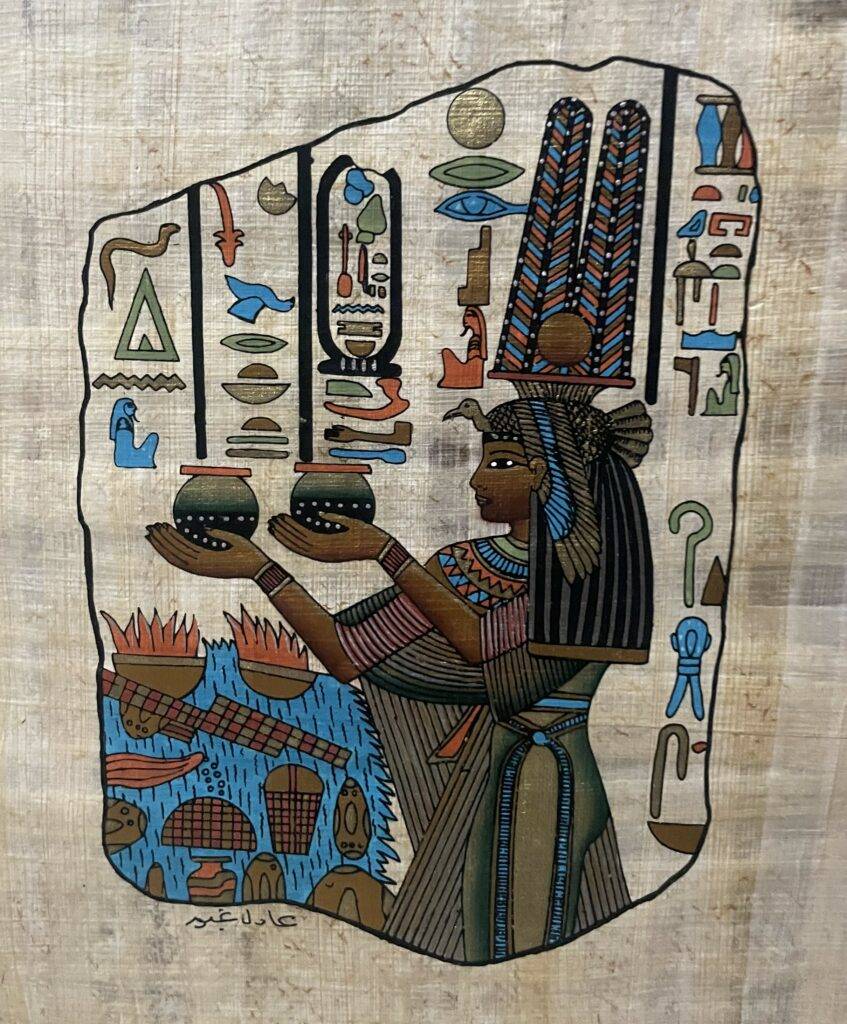
There’s something magical about walking into a small thrift shop, estate sale, or family-run antique store tucked away in a quiet corner of the Pacific Northwest. Unlike big-box retailers with neat rows of predictable goods, these places carry history. Each item whispers a story; a painting pulled from the back of a dusty barn, a 1970s concert tee folded in a crate, or a mid-century lamp that once lit the corner of someone’s first home.
For me, thrifting isn’t just about finding bargains. It’s about curation, building a lifestyle that blends beauty, history, and character. That same belief powers everything I do through Building Portland and Curated Consumer. It’s not just about consumption; it’s about being intentional with what we bring into our lives.
Large antique malls and chain resale stores can be fun, but the treasures often hide in the overlooked shops the places you stumble upon after a winding drive through an Oregon backroad or in the basement of a small-town community center during an estate sale.
These spots are special because:

When exploring the PNW’s thrift and estate sale scene, here are categories that consistently surprise and delight me:
Every purchase is more than just “stuff.” It’s an investment in identity. When you choose a vintage denim jacket or a handmade vase, you’re saying something about who you are and what you value.
That’s why I believe in being a curated consumer. You don’t need to spend thousands to create a home or wardrobe that feels like yours. You just need patience, a good eye, and a willingness to look beyond the obvious.
In a world obsessed with speed, there’s something revolutionary about slowing down, discovering, and curating.
If you’re in Oregon or Washington, start with your local thrift circuit:
And when you can’t make it out, explore curated collections online:
In the end, thrifting is less about what you find and more about the stories you uncover. It’s about walking into a room and feeling like you’ve discovered a hidden chapter in someone else’s life and deciding which parts you’ll carry forward into your own.